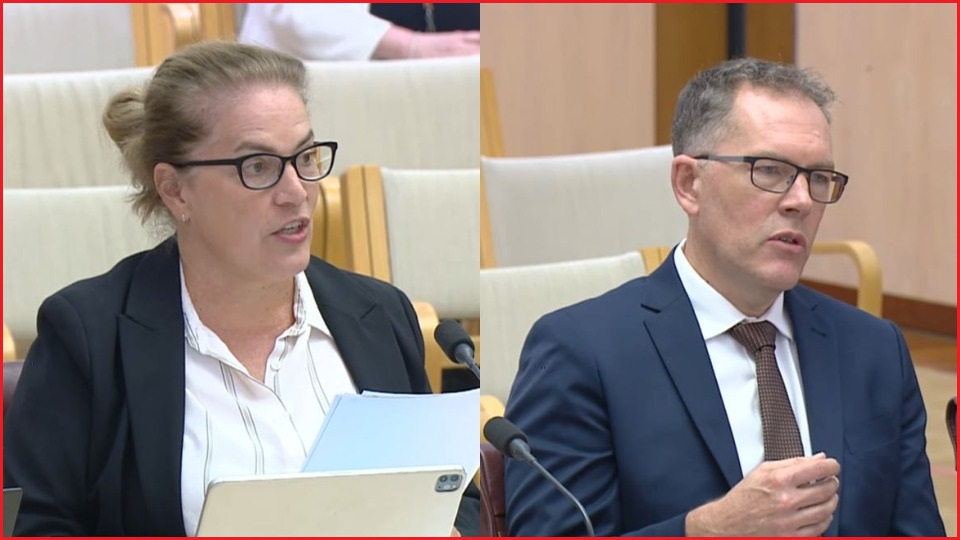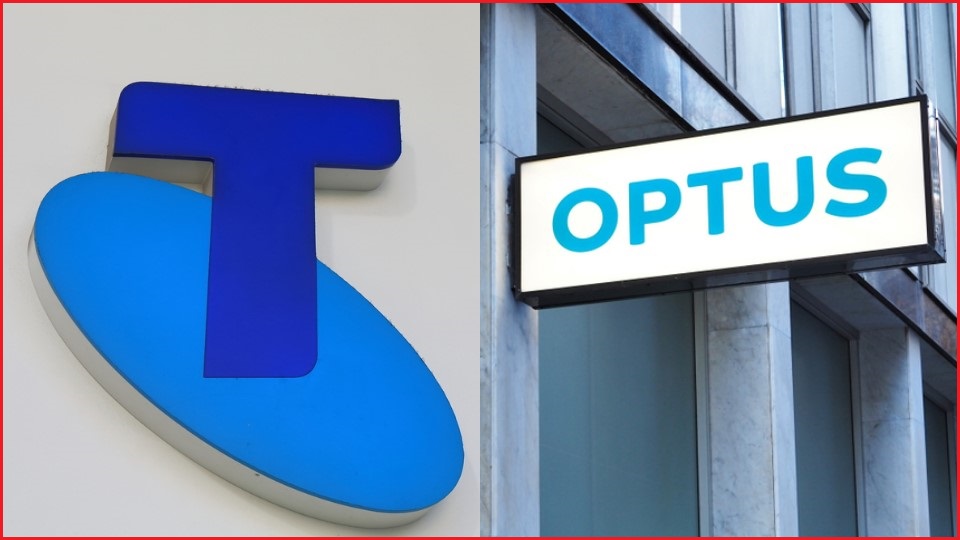Telstra and Optus have defended the strength and size of their mobile networks in the wake of 3G shutdowns, after groups representing regional and rural Australians received complaints from people who believe they lost coverage they previously had.
Executives from Australia’s two largest telecommunications providers fielded questions in Canberra on Wednesday night during a public hearing of a Senate committee examining 3G network shutdowns.
Both companies said while they had received some complaints of people losing coverage, the majority of the issues they identified were due to device-related problems, and not a loss of mobile coverage.
Telstra and Optus began their delayed 3G shutdowns in late October 2024, after TPG Telecom (which owns Vodafone) switched off its network between December 2023 and January 2024.
The telcos had previously committed to maintaining equivalent or greater mobile coverage after switching off 3G, largely through repurposing and upgrading their 3G systems for 4G and 5G networks.
But some Australians in regional and rural areas have reported lost coverage or a drop in call quality, leading to concerns around safety and access to crucial services.
Many complaints not coverage-related, telcos say
Justine Rowe, a sustainability and policy executive at Telstra, told the committee the telco received around 1,700 complaints relating to 3G between 28 October and 20 December 2024.
This was less than five per cent of the company’s total number of complaints in that period, she said.
However, 60 per cent of the 3G complaints were related to network coverage or performance, Rowe added.
"While 3G's closure has resulted in an improvement for many of our customers, we know this switch has been challenging for some,” she said.
“Our focus is on addressing customer questions and resolving issues for them".
Harvey Wright, head of new products at Optus, said less than one per cent of complaints received by the company since September 2024 were related to 3G shutdowns.
Many of the complaints which were raised by customers were also not related to coverage issues, Wright said.
"Approximately three out of every four 'coverage complaints' are not actually related to the network — there are other root causes,” he said.
"… In terms of the complaints that we're seeing, for example, a portion of them could be due to the device settings, which could be solved quite quickly and easily with the customer.
“It could be due to a SIM [card] in the device, in which case that can be replaced and solved quite quickly."
Wright added that Optus was “confident that the closure of 3G has not impacted the mobile geographic coverage of our customers”.

[L-R] Telstra's Justine Rowe and Optus's Harvey Wright responded to questions from the Senate Rural & Regional Affairs & Transport References Committee. Image: Parliament House / YouTube
Asked by Nationals senator and committee chair Matt Canavan about how many people had lost coverage, Telstra’s technology engagement and advancement executive Channa Seneviratne said it was difficult to estimate, but some people had experienced service and call quality issues.
"It's not that they don't have coverage, it that's they're not having service,” he said.
“They are seeing bars on their phone, but they're not able to get a call."
Are regional and rural customers ‘collateral damage’?
Charles Thomas, acting chief executive officer of the National Farmers’ Federation, told Wednesday’s hearing farmers were “not convinced” the telcos had lived up to their post-3G promises.
“Farmers are reporting that overall service quality has diminished post-shutdown — that includes more calls dropping out, cutting in and out, slow download speeds or no ability to load internet at all,” he said.
In one example cited by the federation, a woman in remote Queensland allegedly needed to take short drives so she could receive two-factor authentication codes to access her online banking.
“We can’t accept rural consumers being the collateral damage of a process that fundamentally was designed to benefit telecommunications users in the city,” Thomas said.
Sean Cole, advocacy and rural affairs manager for farmers organisation GrainGrowers, told the hearing that because connectivity remained “a significant issue” for some of his constituents, farmers were "moving in droves” to SpaceX’s satellite internet service Starlink.
Cole said it was problematic that Starlink was “the only alternative” to mobile telecommunications, and he worried waiting lists for the service in some areas meant demand was higher than anticipated.
Both Telstra and Optus have signed deals to use Starlink’s satellite-to-mobile services for text messages, with the potential for phone call and data capabilities in the future.
“That can’t come soon enough, especially for emergency calls,” Cole said.
Both the National Farmers’ Federation and GrainGrowers also raised concerns over the loss of so-called fortuitous coverage since 3G shutdowns.
These are areas which had 3G coverage prior to the switch-off, but no longer had guaranteed coverage.
Both Telstra and Optus admitted that mapping or understanding where fortuitous coverage would occur was not an exact science and was "unpredictable".










